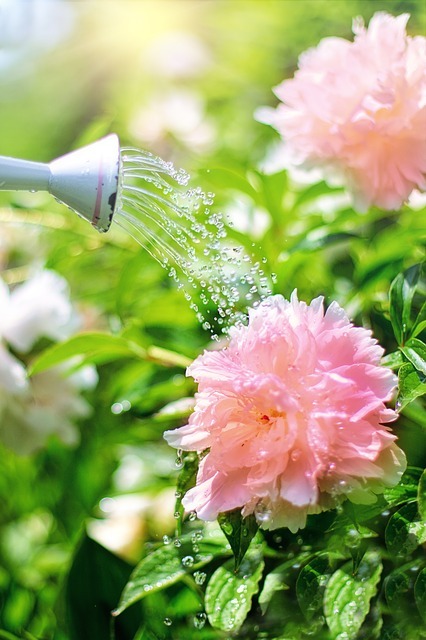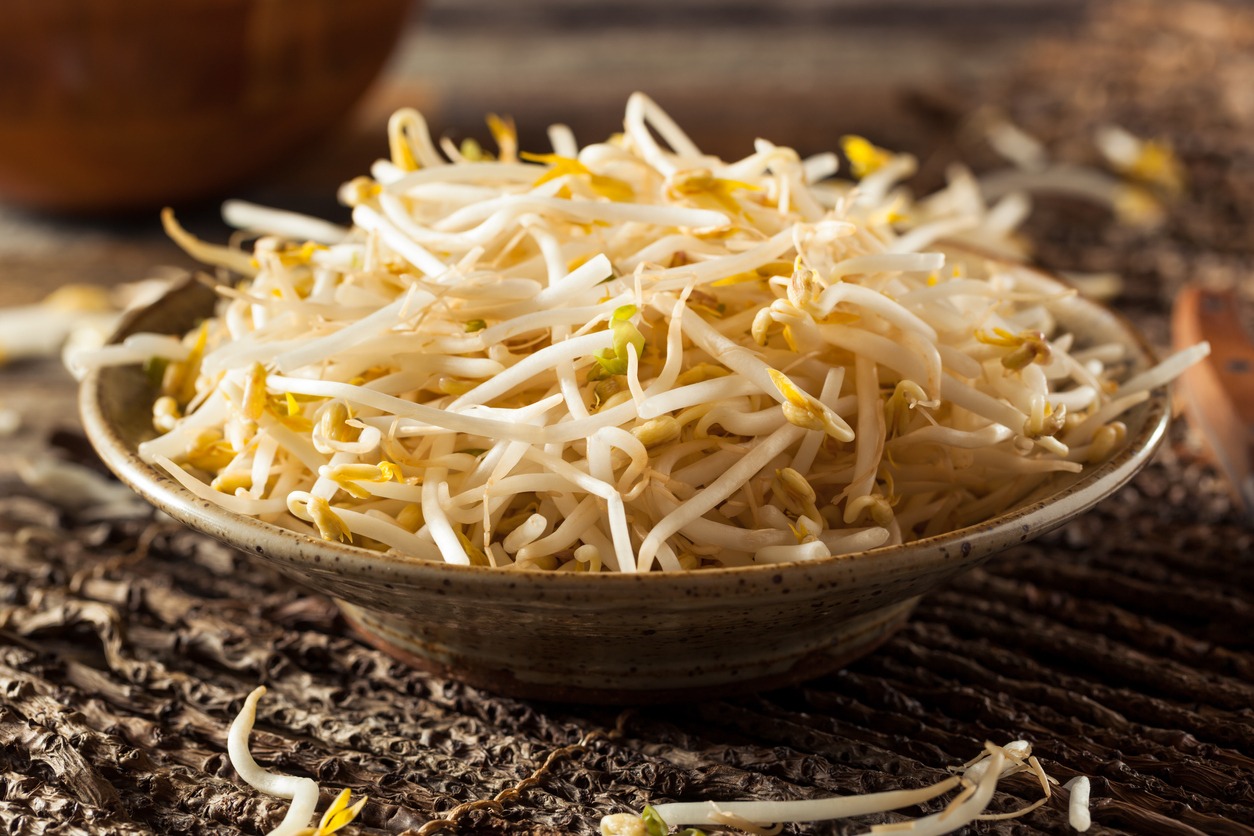Revitalizing Sandy Soil: Techniques for a Thriving Garden
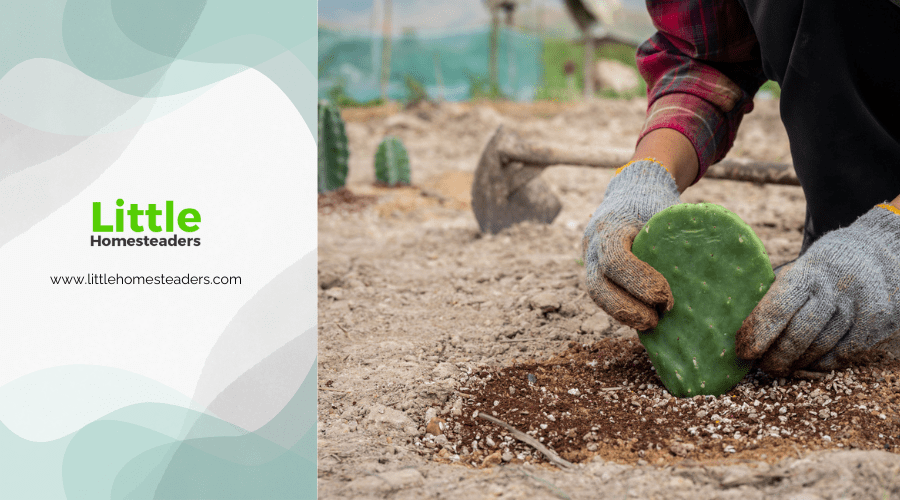
Working with sandy soil can feel like an uphill battle. Water drains too quickly, nutrients disappear, and your plants struggle to thrive. If you’ve ever felt frustrated trying to keep your garden alive, rest assured—you’re not alone. The good news? With the right techniques, you can transform sandy soil into a fertile, productive haven for your plants.
Let’s dig into everything you need to know about revitalizing sandy soil.
Understanding Sandy Soil
Sandy soil is easy to identify. Grab a handful, and you’ll notice its gritty, crumbly texture. This structure, dominated by large sand particles, drains water quickly and leaves little organic matter behind. While sandy soil prevents waterlogging—a definite perk—it also washes away nutrients, creating a tough environment for plants.
The lack of water retention and nutrient availability makes it challenging to grow lush, healthy plants. However, sandy soil isn’t without its advantages. Its loose structure makes it easier to till and work with, and plants that enjoy excellent drainage—like Mediterranean herbs—can thrive in it.
That said, if you want to expand the range of what you can grow, it’s essential to improve the soil structure. By focusing on increasing organic matter and addressing its nutrient and moisture deficiencies, you can create an environment where almost any plant can flourish.
Adding Organic Matter
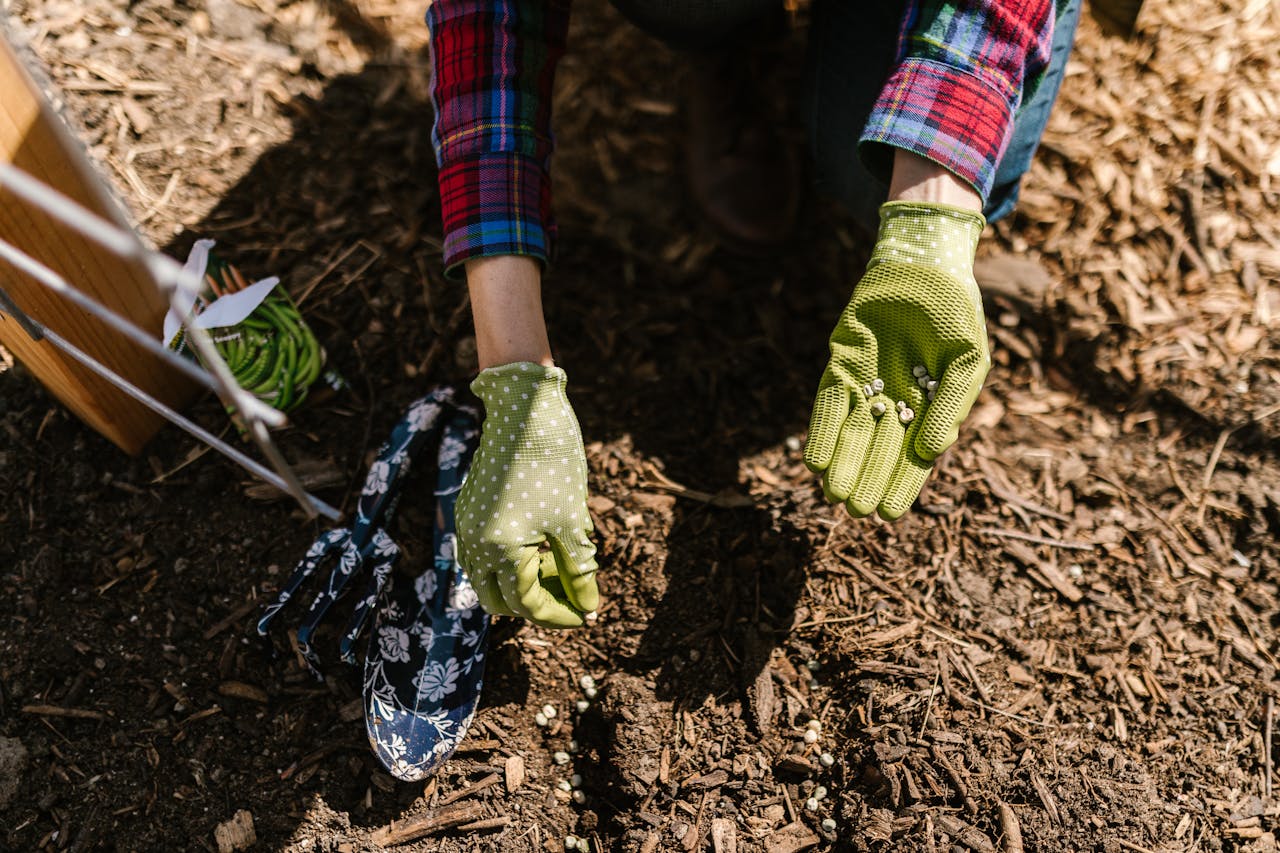
Adding organic matter is the first and most crucial step in transforming sandy soil. Organic materials like compost, well-rotted manure, or peat moss improve the soil’s structure, enhance water retention, and increase nutrient-holding capacity. Without enough organic matter, sandy soil struggles to hold water and nutrients, leaving plants dehydrated and undernourished.
How to Add Organic Matter
- Spread Compost or Manure: Start by spreading 2–4 inches of compost, peat moss, or well-rotted manure evenly over your garden. Focus on areas where you plan to grow the most demanding plants, like vegetables or fruiting crops.
- Mix it In: Use a spade, rototiller, or broadfork to mix the organic matter into the top 6–8 inches of soil. Be thorough—the organic matter needs to integrate with the sandy particles to improve water and nutrient retention.
- Replenish Regularly: Organic matter breaks down over time, so plan to replenish your compost layer at least once a year, ideally during the fall or spring.
To further enrich your soil, consider planting cover crops. Legumes and grasses add organic content while preventing erosion. Once the growing season is over, cut the cover crops down and turn them into the soil to increase its organic matter.
Why Mulch Matters
Applying a 2–4 inch layer of organic mulch, such as shredded leaves, straw, or grass clippings, around your plants offers double-duty benefits. Mulch reduces water evaporation, suppresses weeds, and breaks down slowly to add nutrients back into the soil.
Pro Tip: Avoid piling mulch directly against plant stems to prevent rot. Keep a 2-inch gap around the base of each plant.
Improving Nutrient Content
Sandy soil loses nutrients quickly, so improving its nutrient profile is vital for healthy plants. Plants require a consistent supply of nutrients, such as nitrogen, phosphorus, and potassium, to thrive. Unfortunately, the rapid drainage of sandy soil often washes these nutrients away before plants can absorb them.
Steps to Boost Nutrient Levels
- Test Your Soil: Before adding nutrients, test your soil to identify deficiencies. Kits are available at garden centers, or you can send a sample to your local agricultural extension office for a detailed analysis.
- Apply Balanced Fertilizers: Opt for slow-release organic fertilizers to provide a steady supply of nutrients over time. These are especially useful for vegetables and flowering plants, which are heavy feeders.
- Incorporate Organic Materials: Compost, aged manure, and peat moss are not only great for water retention but also excellent sources of nutrients. These organic materials encourage beneficial microorganisms, which further enhance nutrient availability.
- Use Targeted Supplements: For specific nutrient deficiencies, use supplements like kelp meal (for trace minerals) or rock phosphate (for phosphorus). Just a small application can make a significant difference in plant health.
Adjusting Soil pH for Nutrient Absorption
Most plants thrive in slightly acidic to neutral soil, with a pH range of 6.0 to 7.0. Sandy soil tends to be more acidic, which can limit the availability of key nutrients. If your soil test indicates that the pH is too low, add lime to raise it. Conversely, if the soil is too alkaline, sulfur can help lower the pH.
Pro Tip: Monitor pH annually, especially if you’re adding amendments. Consistency ensures your soil remains within the optimal range for plant health.
Enhancing Water Retention
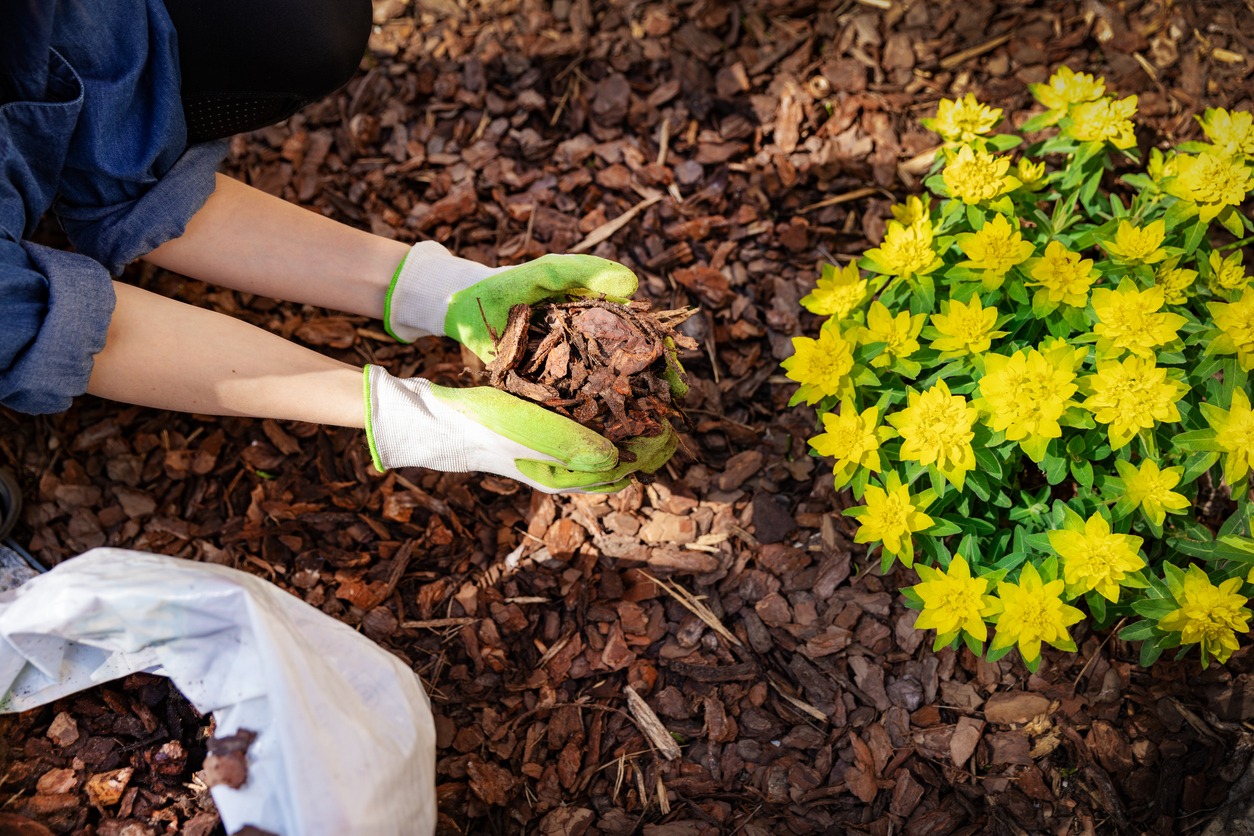
One of sandy soil’s biggest challenges is its inability to hold water. Plants often experience drought stress because the water they need drains away before they can absorb it. This makes water retention a critical priority for sandy-soil gardeners.
Practical Techniques
- Add Organic Matter: Compost, peat moss, and aged manure can increase water retention by up to 40%, giving your plants more time to drink before the soil dries out.
- Incorporate Moisture-Retaining Gels: Hydrophilic polymers or water-absorbing gels can dramatically improve water retention. They’re especially useful for container gardening or areas where frequent watering isn’t practical.
- Choose Smart Irrigation Methods: Install drip irrigation or soaker hoses to deliver water directly to the root zone. These systems minimize evaporation and ensure efficient water use.
- Mulch Generously: A thick layer of mulch reduces evaporation by as much as 30%, keeping the soil below moist for longer periods.
For deeper water access, consider planting crops with extensive root systems, like Jerusalem artichoke or asparagus. These plants can tap into water reserves that others can’t reach.
Managing Soil pH
The pH of your soil determines how well plants can absorb nutrients. Sandy soils are typically acidic, with a pH between 4.0 and 6.0. While some plants, like blueberries and azaleas, love acidic soil, most vegetables and herbs prefer a more neutral pH.
Adjusting Your Soil’s pH
- Test Regularly: Use a pH test kit or send a sample to a lab to determine your soil’s pH level.
- Raise pH (reduce acidity): Add lime. It’s best to incorporate it into the soil in the fall to allow time for it to adjust the pH before planting season.
- Lower pH (reduce alkalinity): Apply sulfur. Sulfur is slower-acting, so plan ahead if your soil needs significant adjustment.
Maintaining the correct pH not only ensures nutrient availability but also promotes healthy microbial activity in your soil. These microbes break down organic matter, releasing nutrients that plants can use.
Implementing Cover Crops
Cover crops are a gardener’s secret weapon for revitalizing soil. They grow during the off-season, improving soil health and reducing the risk of erosion. Cover crops also build organic matter and fix nitrogen in the soil, which is especially valuable for sandy soils prone to nutrient loss.
Best Cover Crops for Sandy Soil
- Nitrogen-Fixing Legumes: Clover, peas, and vetch are excellent choices for adding nitrogen to the soil.
- Soil-Building Grasses: Rye, oats, and barley stabilize soil and add organic matter.
- Deep-Rooted Options: Radishes and turnips break up compacted soil and improve drainage.
Once your cover crops mature, cut them down and leave the plant material on the soil as mulch or till it under to decompose and enrich the soil.
Mulching Techniques
Mulching is more than a finishing touch—it’s a vital part of maintaining soil health. A good mulch layer protects sandy soil from water evaporation, reduces temperature fluctuations, and suppresses weed growth. It also breaks down over time, adding much-needed organic matter to your soil.
Best Mulch Materials
- Shredded leaves
- Grass clippings
- Wood chips
- Straw
- Compost
Apply mulch evenly, ensuring a depth of 2–4 inches. This is especially important for plants with shallow roots, which can dry out quickly in sandy soil.
Effective Irrigation Methods
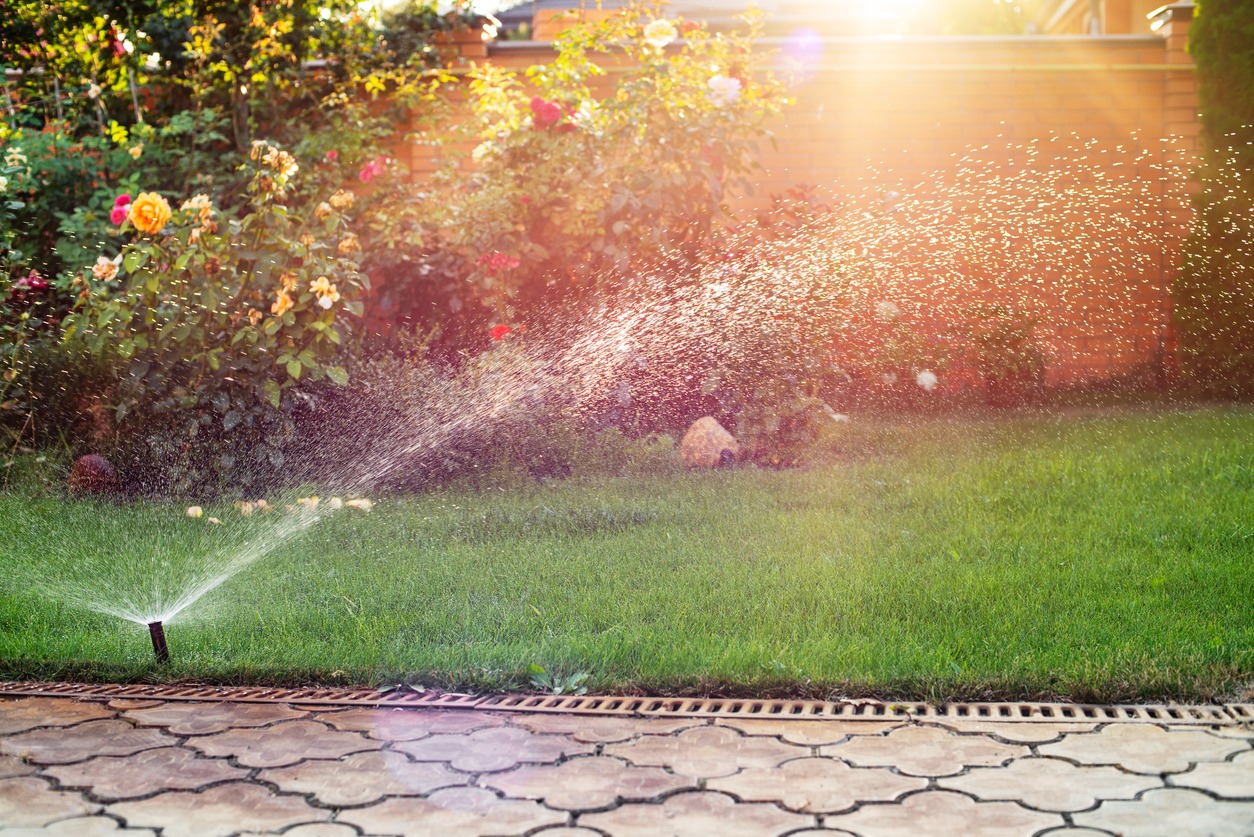
Irrigating sandy soil requires extra care to avoid wasting water. Since sandy soil drains so quickly, the key is to water more efficiently and focus on techniques that reduce evaporation.
Tips for Better Irrigation
- Drip Systems: Slowly deliver water directly to the root zone where it’s needed most.
- Soaker Hoses: Spread water evenly and minimize runoff.
- Water Early or Late: Watering during cooler parts of the day reduces evaporation losses.
If possible, incorporate subsurface irrigation for even greater water efficiency. This technique uses buried pipes to deliver water directly to the roots, eliminating surface evaporation.
Choosing Suitable Plants
Selecting the right plants makes all the difference when working with sandy soil. Drought-tolerant and deep-rooted varieties are your best bet, as they adapt well to quick drainage.
Recommended Plants for Sandy Soil
- Vegetables: Tomatoes, peppers, carrots, squash, and garlic thrive in sandy conditions.
- Herbs: Mediterranean favorites like lavender, rosemary, and thyme are perfectly suited to sandy soil.
- Perennials: Hardy plants like asparagus and artichokes grow well with minimal amendments.
If you’d like to grow moisture-loving plants, such as lettuce or spinach, make sure to improve your soil’s water retention first and provide consistent irrigation.
Long-Term Soil Management Strategies
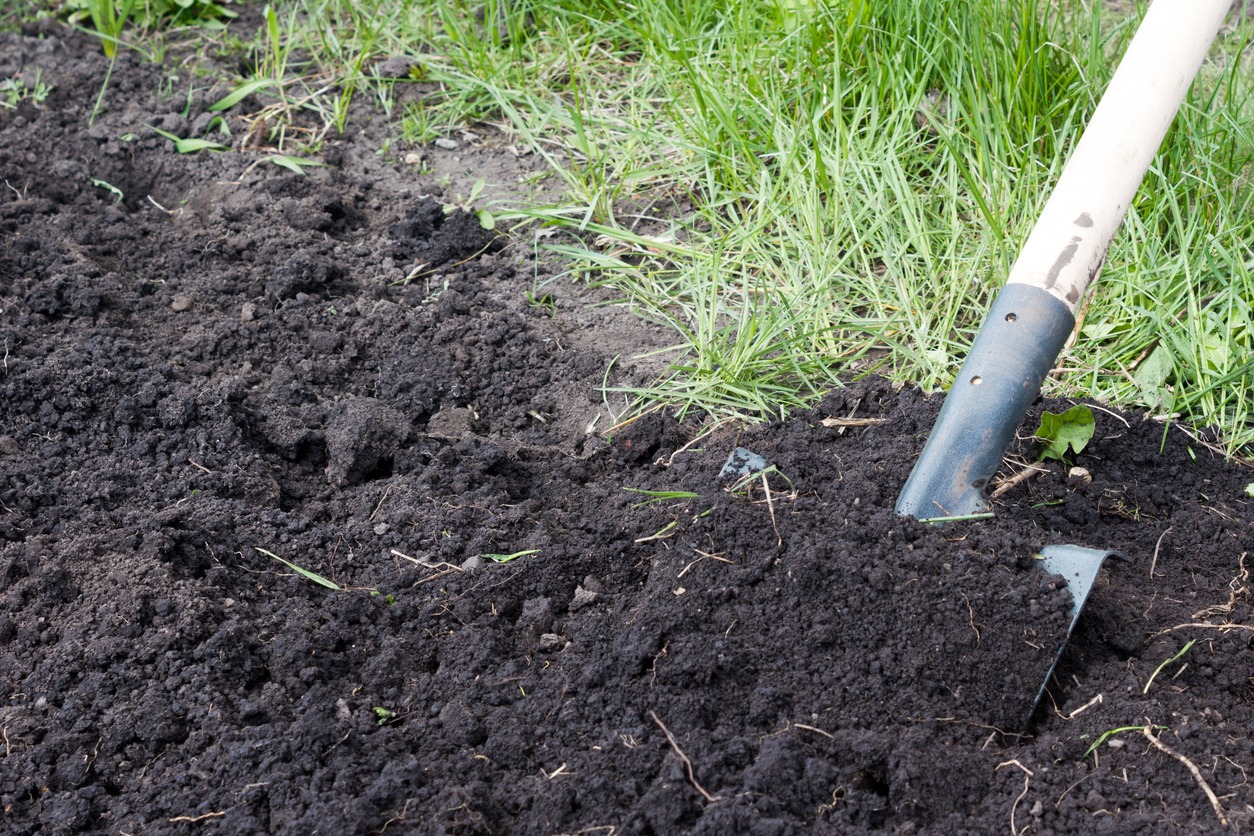
Revitalizing sandy soil is a process, not a one-time fix. Consistent care will keep your soil fertile and productive for years to come.
Essential Practices
- Add organic matter every year.
- Rotate cover crops seasonally to prevent soil exhaustion.
- Replenish mulch regularly to maintain its benefits.
- Aerate the soil periodically to prevent compaction.
- Monitor pH and nutrient levels to ensure balance.
Conclusion
Revitalizing sandy soil takes effort, but the rewards are worth it. By focusing on organic matter, nutrient retention, water efficiency, and plant selection, you can transform your sandy garden into a productive and thriving space. With patience and consistency, you’ll see healthier plants and more abundant harvests.
Start improving your soil today—it’s the foundation for a flourishing garden!


